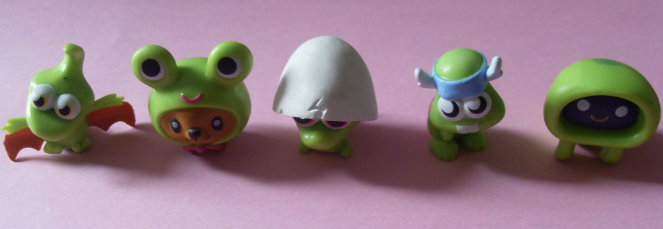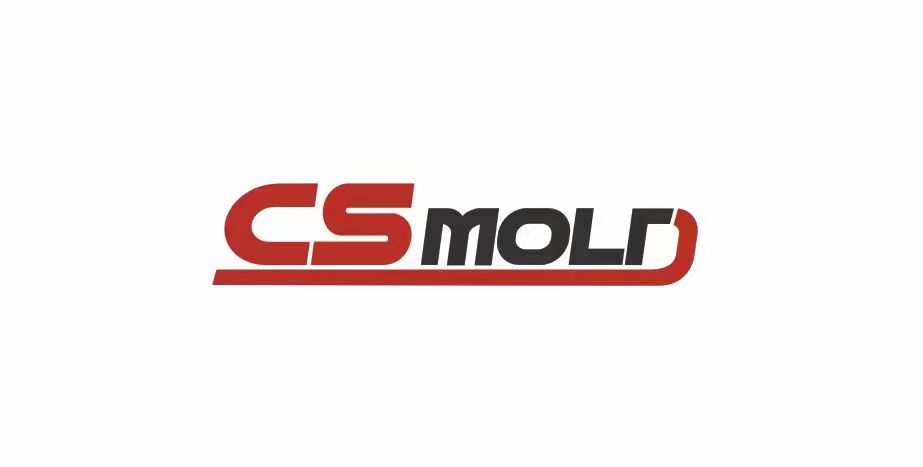
VIn modern rapid prototyping and small-batch production, vacuum forming and vacuum casting are both widely used techniques for producing high-quality prototype parts. While both utilize vacuum technology, they differ significantly in terms of process, materials, precision, and cost. Understanding these differences helps engineers and designers choose the most efficient manufacturing method.
1. Process Principle
Vacuum forming involves heating a plastic sheet to a ductile state and then using vacuum pressure to shape it into a mold. It is ideal for manufacturing large, thin-walled parts, such as housings, panels, or packaging pallets.
Vacuum casting, also known as polyurethane casting or polyurethane casting, uses a silicone mold to replicate the master mold. Liquid resin is injected into the mold under vacuum conditions to eliminate air bubbles and ensure rich detail, high quality, and excellent surface finish.
2. Materials and Properties
Vacuum forming materials: ABS, HIPS, PC, PETG, and acrylic sheets. These materials are lightweight, recyclable, and suitable for manufacturing large appearance or structural parts.
Vacuum casting materials: Polyurethane (PU), epoxy resins, and silicone-based resins. These materials can mimic the properties of ABS, PP, PC, and even soft rubber, achieving results very close to injection-molded parts.
3. Applications
Vacuum forming is ideal for automotive interior panels, machine housings, display housings, and packaging pallets.
Vacuum casting is more suitable for functional prototyping, mechanical testing, small-batch production, and pre-production samples.
4. Cost and Efficiency
| Feature | Vacuum Forming | Vacuum Casting |
|---|---|---|
| Tooling Cost | Low | Moderate |
| Detail Precision | Medium | High |
| Surface Finish | Good | Excellent |
| Material Options | Limited | Wide |
| Ideal For | Large thin-walled parts | Small-batch functional parts |
Summary:
Vacuum forming is fast and cost-effective, especially suitable for large parts with simple geometries.
Vacuum casting offers higher precision, better surface quality, and a wider range of material choices, making it ideal for small-batch production and functional testing.
5. Choosing the Right Process
Vacuum forming is the better choice when appearance, lightweight design, and cost are primary considerations.
Vacuum casting is the right choice when you need high-precision, injection-molded-like prototypes for testing, assembly, or marketing.
CS Molding: Your reliable manufacturing partner
CS MOLDING can provide both of these services to help you develop your product from concept to mass production. We provide high-quality prototypes, custom parts, and small-batch production solutions for industries such as automotive, aerospace, electronics, and automation equipment.
If you need to manufacture thermoformed parts but are unsure which material to choose, please contact CS Molding. We will review the options and help you make the most suitable choice.



